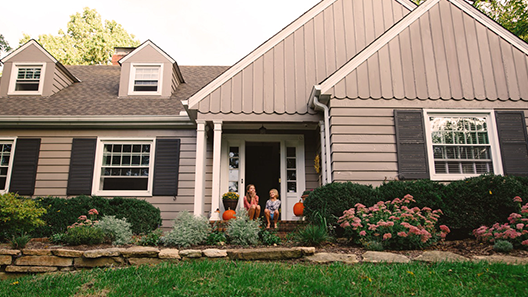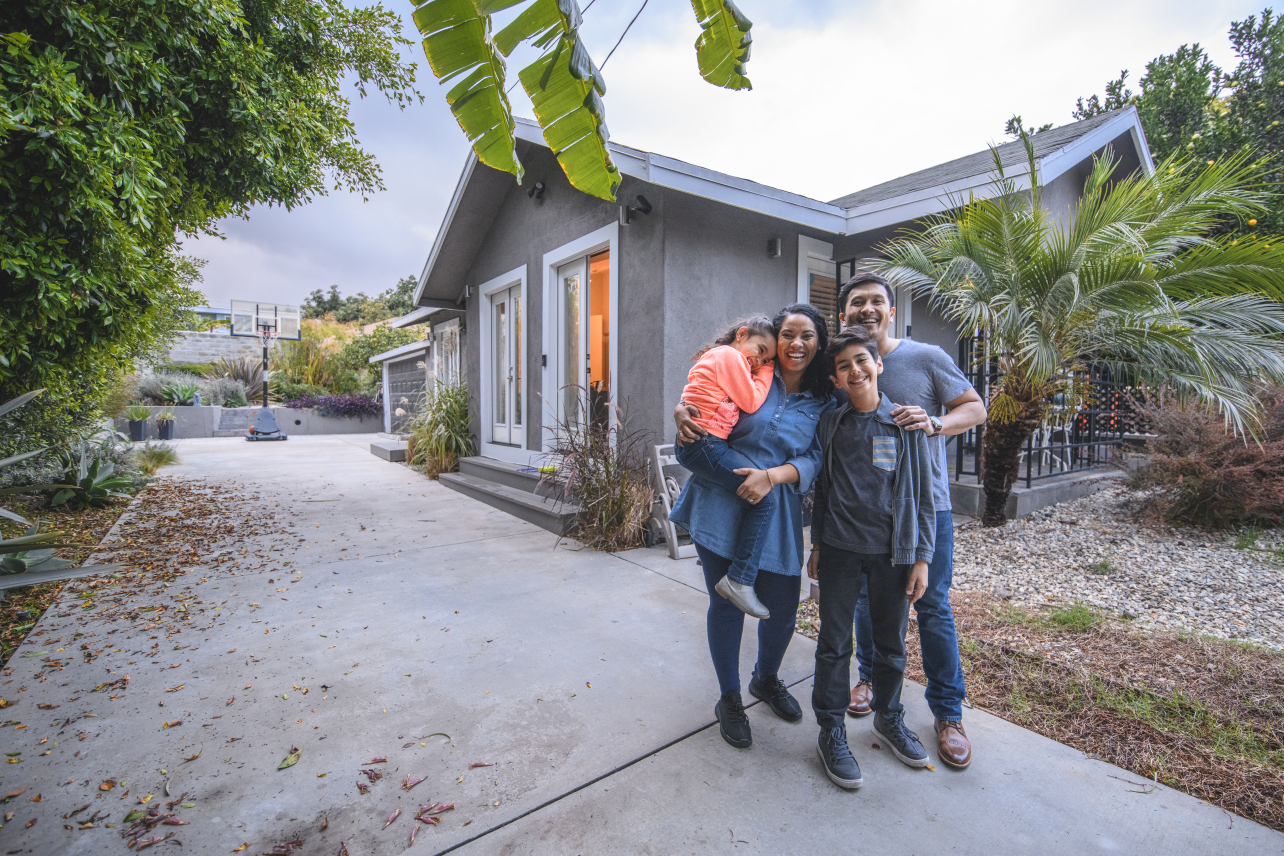Did you know that adjustable-rate mortgages are becoming more attractive for homebuyers in today's market? To lock in a lower rate, an ARM may be the best solution.

Are you questioning whether now is a good time to buy? Before you write off your homeownership dreams, know that an adjustable-rate mortgage (ARM) could be the home buying strategy that gets you in your new home. Even better, ARMs give homebuyers access to lower-than-average mortgage rates initially; there are more details to uncover about the relationship between rates and ARMs, so let’s start with the basics.
Fixed-Rate Vs. Adjustable-Rate Mortgage: What’s the Difference?
A fixed-rate mortgage is a type of home loan that features an interest rate that stays the same throughout the life of the loan. This means monthly P&I payments stay the same for the length of the loan term, which is commonly 30 years.
An Adjustable-Rate Mortgage (ARM) is a type of home loan with an interest rate that changes (adjusts) throughout the life of the loan. After a pre-determined fixed-rate period, the payment may fluctuate up or down. So, how does it work?
How Does an ARM Work?
Although it’s called an adjustable-rate mortgage, it’s important to know that there is a fixed-rate period of the loan. This fixed period is where many homebuyers experience their greatest ARM advantage.
Fixed-Rate Period of an ARM
When you meet with a lender to discuss ARMs, they should explain that typically, ARMs can be beneficial financially because homebuyers are able to lock in a low mortgage for the first 5, 7, or 10 years of the mortgage. (Remember, the lower the rate, the lower the monthly P&I payment.) But how? ARMs generally offer a lower mortgage rate, compared to a 30-year fixed loan term.
Adjustable-Rate Period of an ARM
Now you may be thinking, “If the first 5, 7, or 10 years of the loan features a lower rate and lower monthly P&I payments, what do the rates and payments look like thereafter?” Here’s your answer: When the lower, fixed-rate period of the loan term ends (after 5, 7, or 10 years), the interest rate changes periodically throughout the life of the loan. For example, with a conventional ARM, the rate changes every 6 months based on the market at the time.
When to Consider an ARM
Depending on a variety of factors like the rate environment and your homeownership plans for the future, ARMs could be an ideal loan type for a variety of homebuyers, including:
- A home buyer looking to buy when interest rates are high
- If you’re buying a home when mortgage rates are high, an ARM could be a way to secure a lower rate.
- Borrower looking to refinance before the rate changes
- Whether you already know you plan to refinance in the future, or you buy when rates are high, refinancing when rates are lower could save you money long term.
- College graduates needing to pay off debt
- In those 5, 7, or 10 years of lower monthly P&I payments, student loan repayment may be more feasible.
- Growing families
- Need to save up money to financially prepare for a larger family? Saving could be easier during the initial fixed-rate period.
- Someone who plans to relocate
- Are you in the military? Planning to move to a new city a few years but still want to own a home? You could benefit from a lower mortgage rate, especially if you plan to sell before the rate adjusts.
Pros and Cons of ARMs
Now that you’re familiar with a few different scenarios explaining when a homebuyer might choose a mortgage option that’s known for having variable payments, let’s weigh the pros and cons. One of its most popular attractions is that the initial rate is typically lower than other mortgage options. On the flip side, the variable rate may cause apprehension for borrowers who prefer stable monthly P&I payments.
Pros:
- Flexible loan terms
- Lower monthly P&I payments upfront
- Lower initial interest rate
- Qualify for a higher loan amount
Cons:
- Payments could increase with a higher, adjusted rate
- Unexpected income changes may result in financial stress if the rate rises
- Potential prepayment penalties
Can I Switch from an ARM to a Fixed-Rate Mortgage?
Switching from an adjustable-rate mortgage (or ARM) to a fixed-rate mortgage is one of the most common reasons to refinance. Refinancing to a fixed-rate loan usually makes the most sense when interest rates are low.
Understanding Rate Caps for ARMs
An annual ARM cap is a clause in the contract of an ARM that limits the possible increase in the loan's interest rate during each year. The cap, or limit, is usually defined in terms of rate, but the dollar amount of the principal and interest payment may also be capped. When you speak with your lender, they’ll be able to explain various payment scenarios for you to understand what an ARM could look like for you.
Should I Get an ARM?
The more you know about ARMs and other mortgage types, the more confident you can feel when making a decision on the right home loan for you. The best piece of advice we can give is to meet with a lender to discuss your finances and homeownership goals. We’re happy to help!



